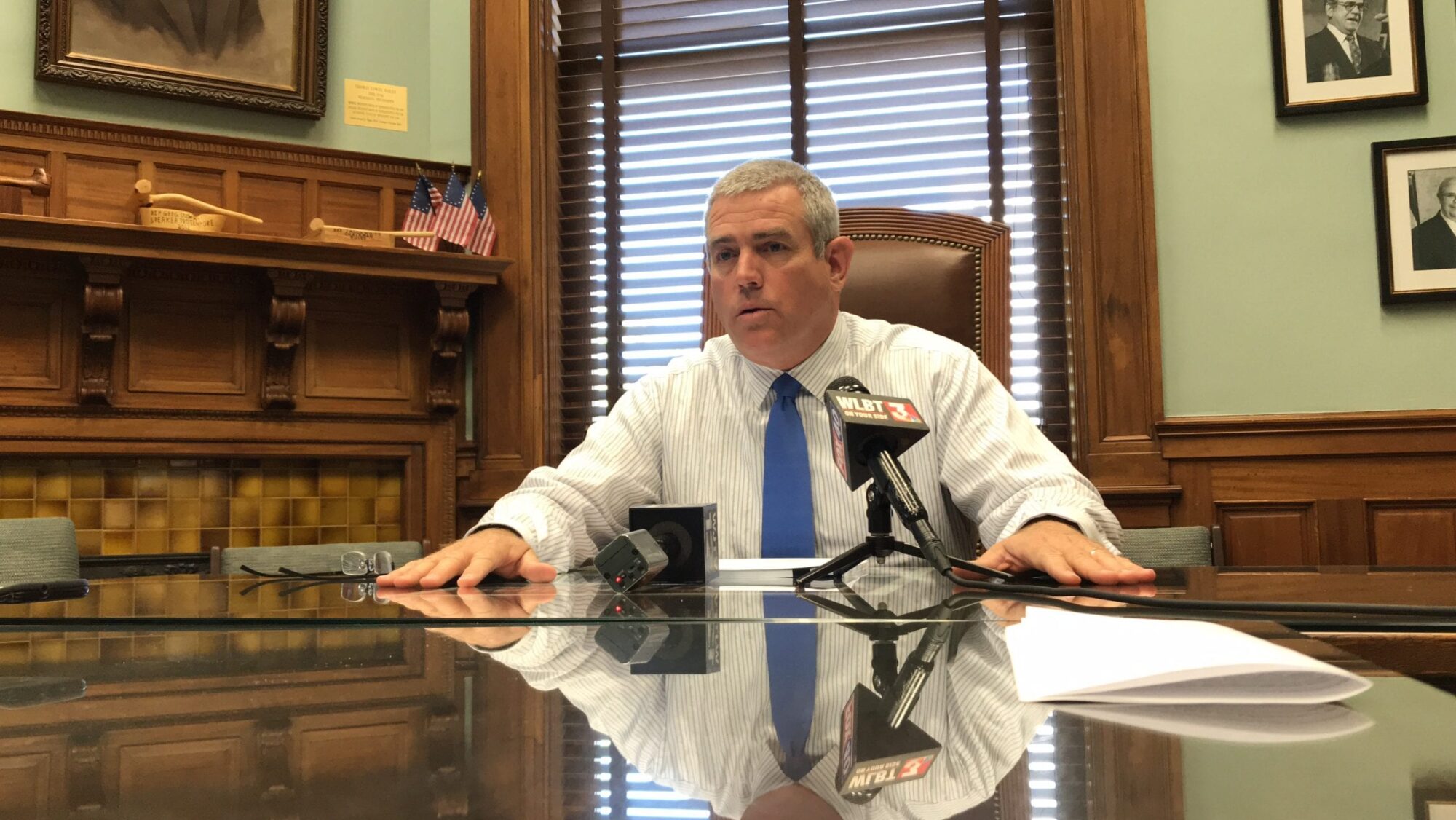
SUBMITTED BY BIGGER PIE FORUM
Thirty-five years after it was closed, MRS still covers 1,510 retirees in 19 cities.
The Public Employee Retirement Systems of Mississippi (PERS) had one of its best years ever from July 1, 2020 through June 30, 2021. That is good news for its participants and good news for those who stand behind the plan’s defined benefit liabilities – Mississippi’s taxpayers.
A small stand-alone plan that PERS also oversees provides some insight on how those liabilities can unfold decades down the road. The Municipal Retirement Systems (MRS) handles residual retirement funds for 19 cities across Mississippi.
On July 1, 1987, the 19 municipal plans transitioned to administration by PERS and MRS was closed to new members, with employees hired after that year enrolled in PERS. The plans now have beneficiaries only, with the final two contributing employees having retired in 2020.
This is important because the normal funding mechanism for defined benefit (D/B) plans are through employee and employer contributions for active participants. Without that source, the cities have been forced to turn to property taxes to meet retirement obligations.
MRS is now funded with millage rate assessments ($10 in tax on every $1,000 in assessed value for property) on the 19 cities.
For YE 6/30/21, PERS earned 32.2 percent on its investments in U.S. and global stock markets. That added up to $39.5 million for the MRS and a huge improvement over 2020, when the MRS’ investments earned a five-year low of just $4.2 million.
According to PERS’ comprehensive annual financial report, the 2021 returns have reduced the unfunded liability for the MRS from $145.7 million in 2020 to $134.1 million in 2021, a decrease of nearly eight percent.
Actuaries also reported that an unexpected increase in deaths of beneficiaries as the total number of beneficiaries decreased from 1,585 to 1,510 (a decrease of 4.7 percent). Since 2012, the number of beneficiaries in the plan has decreased 23.6 percent from 1,978 in 2012.
As a result, the MRS plan’s average funding increased from 49.1 percent to 51.1 percent. For the Jackson plan, the funding ratio — defined as the share of future obligations covered by current assets — is slightly above the average of 52.98 percent.
While these unfunded liabilities don’t come due at once, the funding ratio is a good way to assess a plan’s fiscal health.
Thirty-five years after it was closed, MRS still covers 1,510 retirees in those 19 cities. (Jackson has 500 retirees in its retirement plan, with the other participating plans — Biloxi, Clarksdale, Clinton, Columbus, Greenville, Greenwood, Gulfport, Hattiesburg, Laurel, McComb, Meridian, Natchez, Pascagoula, Tupelo, Vicksburg and Yazoo City — accounting for the remaining 1,010 retirees.)
The lessons from the 35-year history of MRS are several.
- The liabilities from defined benefit pension funds are significant and have very long tails.
- One can’t assume that current funding sources will always meet the promises made.
- While MRS has liabilities in the tens of millions, PERS has liabilities in the tens of billions.
- What (if any) are the backup funding sources for PERS in the event of tough times?
- The consequences for taxpayers of a prudently run PERS are very real.
###
Submitted by Bigger Pie Forum – Promoting market-driven economic growth for a bigger and brighter Mississippi. Learn more about BPF here.









